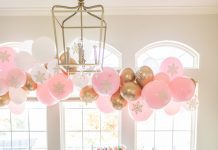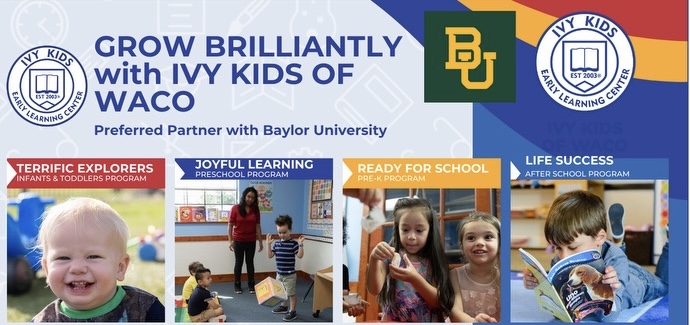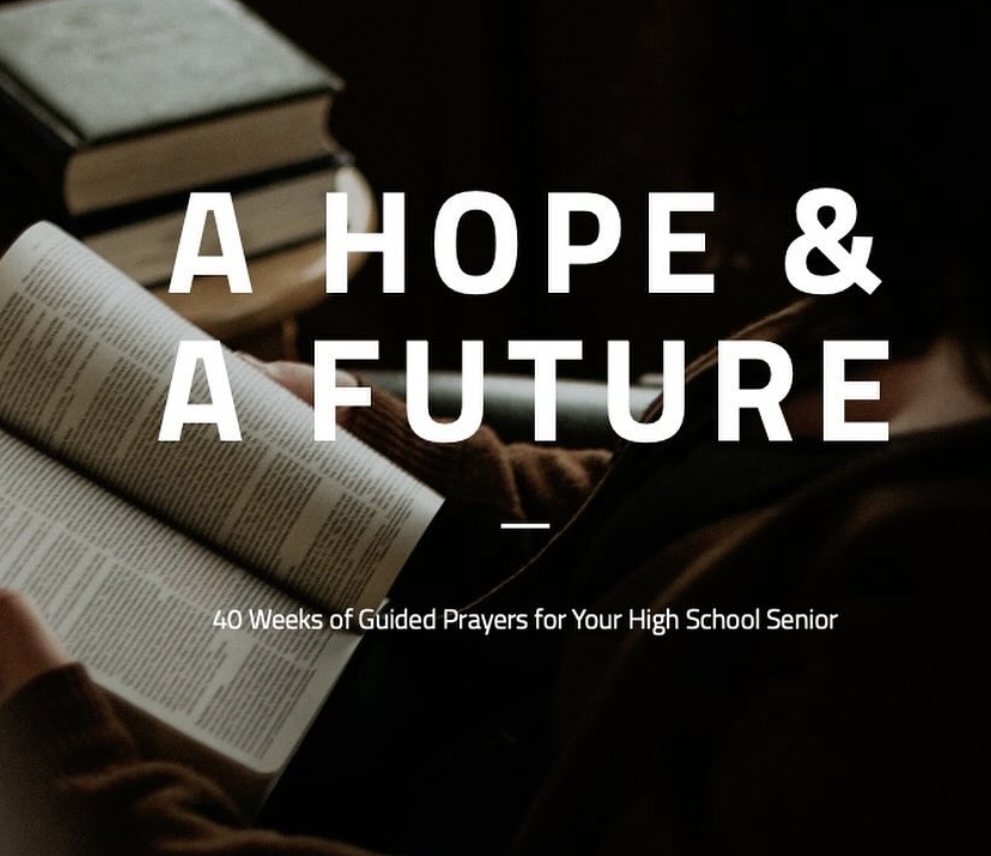Now that the holiday season has dwindled away and we have cleaned up the last remnants of 2022, many of us find that our hearts are yearning for what the new year will usher in – a fresh start. Most people attempt to set at New Year’s resolution, but that generally starts as an adult. What about children and younger teens? How can you aid them in creating goals from their dreams and help them learn how to pursue them?
Our family chose to create vision boards. While these are typically filled with pictures and positive words to help inspire the maker, we want to help our kids move from dreaming to achieving. So, here are my tips for making this an enjoyable, yet reflective project for the whole family!
[easy-image-collage id=17000]
What you need:
- Poster board
- Marker and/or crayons
- Magazines (or a computer and printer)
- Scissors
- Glue
- Stickers (optional)
- … or buy a vision board kit! Many can be found on Etsy and other sites.
Start the process by talking to your child about what a vision board is. Get them involved in every aspect of the process so the board represents who they are and so they take ownership of the project! The first step is to draw a line down the middle of your board. The left side will be for uninhibited dreaming. The right side will be for adding a little structure to make goals.
Vision Board Side
Dreaming is a chance for your child to brainstorm and think outside the box about what is inspiring and what they want in life. Here are the steps to filling out the vision part of the board.
Guide your children with simple categories or ask your child some questions to get them started on dreaming. While kids are very capable, the goal is to make the project enjoyable and self-reflection attainable. Deep thinking is something that needs to be taught and nurtured. Write down their answers as you go.
- What character trait do you want to work on?
- What is important to you?
- What words or people inspire you?
- Where is somewhere you’d like to visit?
- What do you like doing that makes you feel happy?
- What are three positive words to describe yourself?
- What skills do you want to improve?
- What is a new activity you want to try?
- Who is a person you can begin to bless?
- What is something you want to accomplish?
- What would you do if you knew you couldn’t fail?
- Look through magazines or find images online that resonate with the child’s answers. Let them have free reign, while also monitoring pictures with parental guidance.
- Cut out the photos and words so you can glue them to your vision board.
- Ask your child to lay out the pictures on the board until it’s the way they want it.
- Let your child glue all the pieces on the left side of the board. Allow them to be creative! They can embellish it with stickers, drawings, and small objects. As much as it can be difficult to be “hands-off”, this project that requires it. Each child and person is unique in the way tthey think, the things that bring them joy, and the character traits they have/need to work on. None of these vision boards should look the same because your children are not the same. Allow creativity and expression.
Actionable Goals
This is where you take the dreams and plan of action for the goals. While you can coach within their ideas, let your child set the goals so they have ownership of them! Aim for 1-3 goals so that they are manageable. Here are the steps to complete the right side of the board.
Questions to ask:
- What can I do now to work on my dreams?
- What dreams do I most want to work on this year?
- What steps do you need to take to make some of these dreams come true?
- Give them time to think. Self-reflection can be a very daunting experience for children who are very literal people. Gathering them around the table and thrusting this project onto them has the potential to be overwhelming. Let them know one or two days before that you will all be doing a vision board later that week. Talk about what a vision board is and what it means. Give them personal examples from your own life that they can relate to. Once the seed has been planted, allow them to go on about their day. Bring it up before bedtime or at a quiet time when they can take a few minutes to think.
- Set up your child for success. Businesses often work on SMART goals which means they are Specific, Manageable, Achievable, Realistic, and Timely. This can also be applied to personal goals! Look at each goal and ask if it is specific, manageable, achievable, etc. (such as “I’ll learn to bake and decorate cakes” instead of “I want to bake”).
- If the goals are large, try adding steps or mile-markers. This will really encourage your child to tackle something larger. It could even help to make a visual measuring tool, like when organizations measure donations.
- Write down the goals on the right side of your board. Adding images or art can help your early and pre-readers.
- Place the Vision Board in a place where your child will see it often, so they feel inspired to work on the goals.
There is no wrong way to tackle this project and your children should know from the get-go that anything that comes from their heart or mind is a good idea. Guide them, encourage them, and speak positively over what they create.
Once the vision boards are complete, allow your children a few minutes to explain their project to the rest of the family. Throughout the year, you can all continue to encourage each other and even do check-ins to point out where you’ve seen character growth, etc. Creating these vision boards will provide an avenue of self-reflection, allow your children to seek ways to help others, and give your children opportunities to set and accomplish goals. Each of these skills will aid them when they become adults and leave your home. So enough said, go gather some supplies and start creating! And Happy New Year!
This blog is courtesy of two Waco Moms contributors, Katelyn Kasper and Sonja Smith













